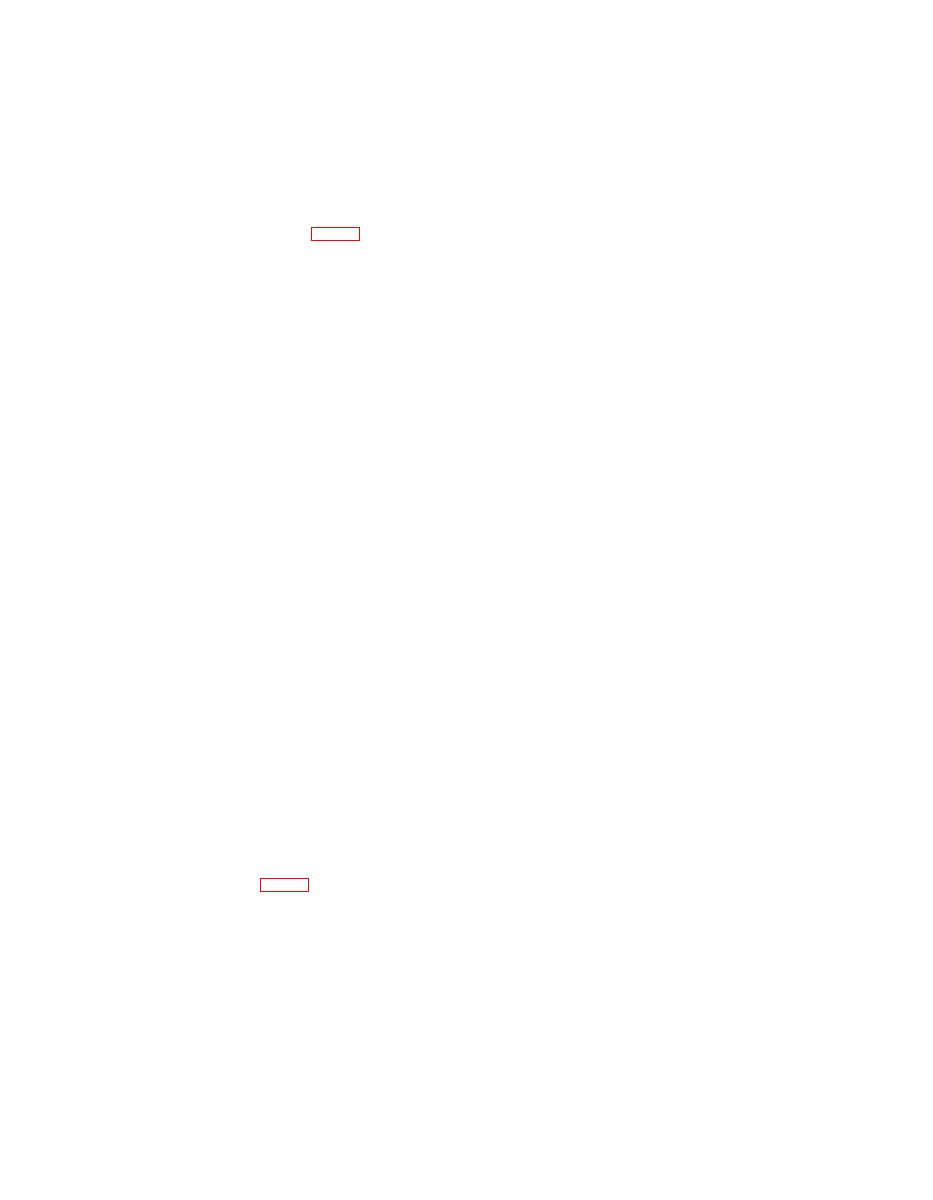
(3) Special animated plastic devices.
(4) Transparencies on which material is written or drawn free-
hand, either during the presentation or in advance.
(5) Transparencies produced by the photochemical and litho-
graphic processes.
16. Cellophane or Plastic Sheets
a. Roll Attachment. The roll attachment is built into the housing
of the PH-637A/PFP; it must be attached to the PH-637/PFP.
( 1 ) P H - 6 3 7 / P F P . Attach the take-up unit to the left side of the
projector housing by screwing the two captive screws on the
unit into the screw holes on the upper left side of the housing
SO that the crank handle is toward the front. Attach the
supply unit to the right side of the housing in the same way.
Mount the roll of cellophane or plastic on the supply unit
by pulling outward on the supply unit crank handle and in-
serting the roll so that it is held at each end by a pivot. T h e n
release the handle. Draw the sheet of plastic or cellophane
over the projection stage, and either attach it to the take-up
roll with Scotch tape or slip it between the frame of the unit
and the cutoff blade. When the crank is turned counter-
clockwise the cellophane material is wound on the take-up
roll.
( 2 ) P H - 6 3 7 A / P F P . Raise the top cover until it is retained in
the raised position. One end of the roll of cellophane or
plastic has a rectangular insert. Slip this end over the driv-
ing pivot of the supply unit at the front of the housing, and
push against the pivot until the other end of the roll can be
placed over the pivot at the other end of the supply unit.
Pull the end of tire plastic or cellophane sheet over the pro-
jection stage and attatch it to the take-up roll (in the rear of
the housing) with Scotch tape.
b. Using Cellophane or Plastic Sheets. Face the audience, and
mark on the cellophane or plastic with a grease pencil. The weight
of the lines written or drawn may be varied by varying the pressure
applied to the pencil. A fountain pen filled with transparent, water-
soluble ink may be used to write on clear plastic, but it is not satis-
factory for use with cellophane If information is to be presented
several times, or if information to be entered on the transparency
requires considerable time for recording, partially complete the trans-
parency on a cut sheet of cellophane or plastic. Then slip the sheet
under the transparent material stretched across the projection stage
19
TAGO 4738B

